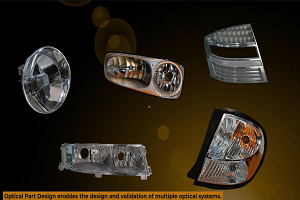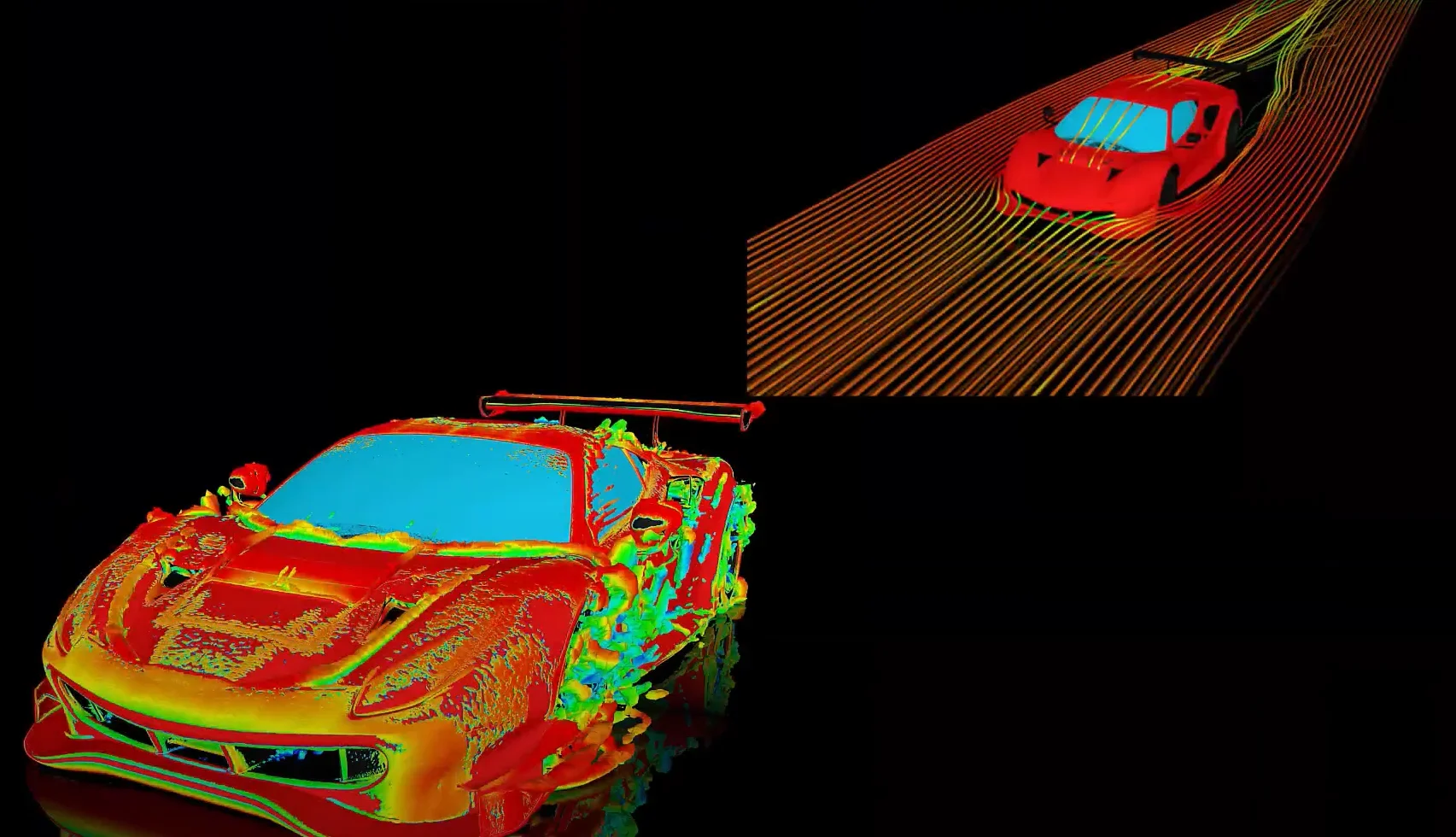Tagged: time-dependent, transient-simulation
-
-
January 8, 2024 at 9:10 am
 FAQParticipant
FAQParticipantSteady-state approach is the preferred way to do CFD analysis because it is faster and easier but, there are many applications where you must model transient or time-dependent solutions.
Ansys Discovery allows you to simulate time-dependent solutions for fluid, fluid thermal and fluid-solid heat transfer in Explore mode. This will help you gain insights about how your design performs in a transient environment and further help you overcome any design hurdles.
Ansys Discovery Transient Simulation.pdf
Solution
By default, Discovery will automatically determine the calculation type based on the physics specifications in your simulation. You can also change the calculation type by going to Simulation Options in the ribbon of the Simulation tab and click “Specify calculation type”. Choose between performing a Static or steady-state or Time-dependent calculation.

Once you Specify calculation type as “Time-dependent” you can Specify time-dependent simulation duration. You can choose not to define the simulation duration but then the solution will continue until interrupted.

Switch Mode from SID
Alternatively, you can switch the mode of calculation from Steady State to Time-dependent calculation using the Simulation Information Display (SID). You simply need to switch to time-dependent by clicking on the icon shown in the following image.

Once the time-dependent solution setup is ready, click Solve in the results arc. You can then see the results being calculated and time elapsed in the simulation. Simulation continues and ends after it reaches the specified time in the Simulation Options.
If you haven’t entered the time-duration, then the simulation goes on until interrupted. Images below show the simulation time progression and how results change with respect to time.

You can select the result monitors and click on the details tab as highlighted in the below image. This opens up another window where you can track the results w.r.t time. This chart can be extremely helpful in observing the result trends and drawing valuable insights.
You can right click on the monitor chart and export particular monitor data or choose to export results for all the monitors into csv file format. This can be further used for understanding the results in detail.

-


Introducing Ansys Electronics Desktop on Ansys Cloud
The Watch & Learn video article provides an overview of cloud computing from Electronics Desktop and details the product licenses and subscriptions to ANSYS Cloud Service that are...

How to Create a Reflector for a Center High-Mounted Stop Lamp (CHMSL)
This video article demonstrates how to create a reflector for a center high-mounted stop lamp. Optical Part design in Ansys SPEOS enables the design and validation of multiple...

Introducing the GEKO Turbulence Model in Ansys Fluent
The GEKO (GEneralized K-Omega) turbulence model offers a flexible, robust, general-purpose approach to RANS turbulence modeling. Introducing 2 videos: Part 1 provides background information on the model and a...

Postprocessing on Ansys EnSight
This video demonstrates exporting data from Fluent in EnSight Case Gold format, and it reviews the basic postprocessing capabilities of EnSight.

- Discovery Downloads
- Ansys Discovery – Supported File Formats
- Release Notes- Previous versions
- Importing an Autodesk Fusion 360 Design Study into Ansys Discovery
- Ansys Discovery: Customizing the Ribbon Tab
- Ansys Discovery: Transient Simulation
- Ansys Discovery: Creating Custom Shortcuts
- Top New Features in Ansys Discovery 2025 R2
- Ansys Discovery 2025 R1 Capabilities chart
- Change Language in Discovery

© 2026 Copyright ANSYS, Inc. All rights reserved.

